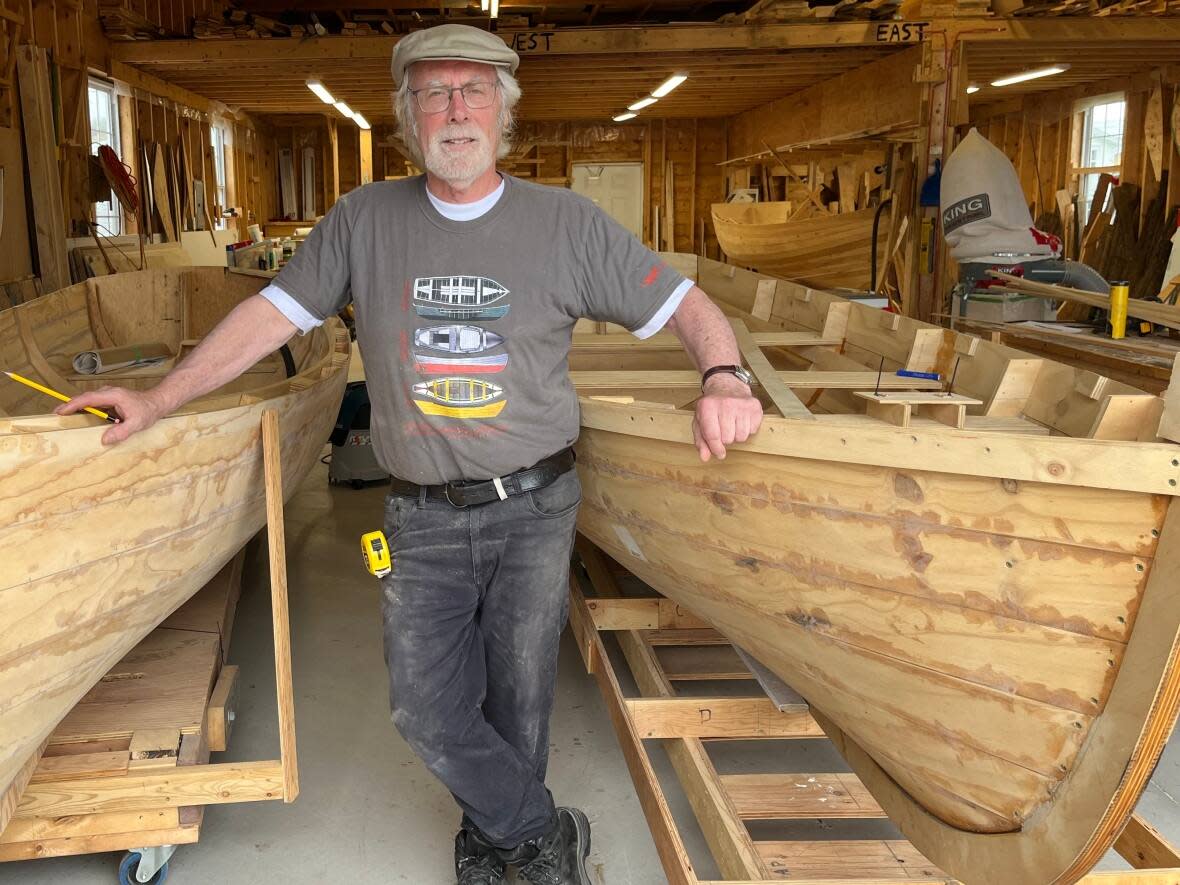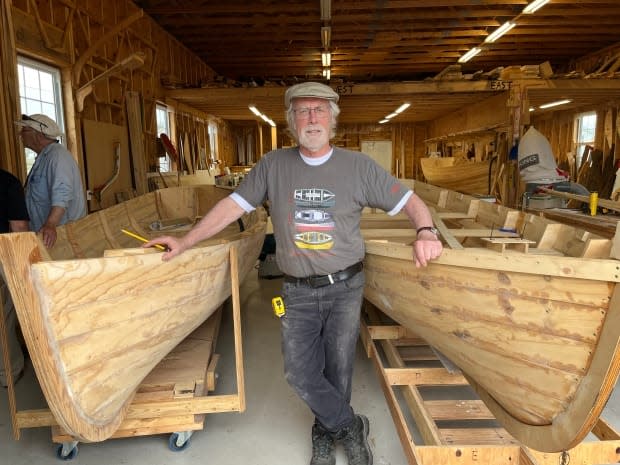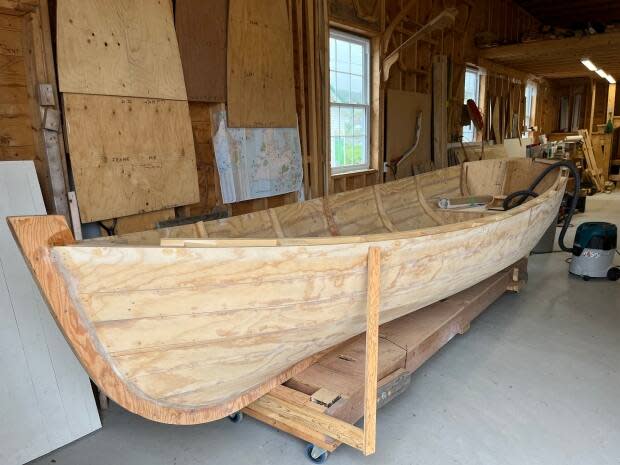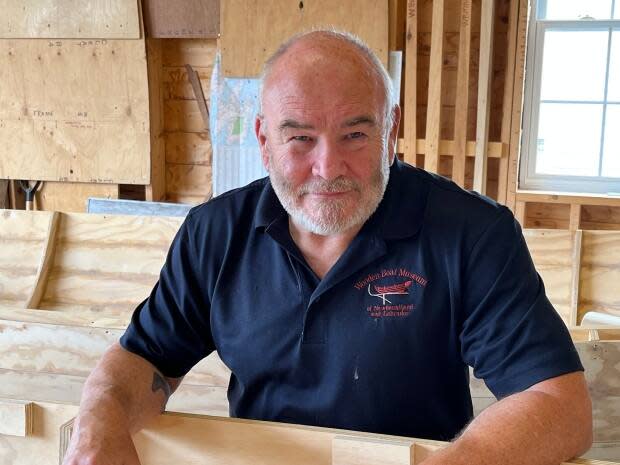Boat in a box: How computer-aided design could introduce boat building to a new generation


The Wooden Boat Museum of Newfoundland and Labrador is injecting new technology into its traditional boat-building ways, developing a project that will allow builders to get all the pieces they need cut out by a computer.
The project, dubbed the kit boat or a boat in a box, is created by computer-aided design.
Boat builder Jerome Canning constructed a 16-foot punt, which was then deconstructed into its core parts and scanned into computer software.
Using the software, Canning is able to reproduce an exact copy of the pieces on sheets of plywood — which can be cut and put together like a puzzle to form a functional punt.
"I came out of traditional boat-building, for the most part, and this whole business with computer-generated design and cutting in particular is a brand new thing for me," Canning told CBC News earlier this month.
"It's excellent. It's unbelievable how well it fits together."

Jim Dempsey, president of the Wooden Boat Museum in Winterton, said the kit is aimed at people who may not have the knowledge, time or resources to build a boat of their own.
The project is still in development — and the cost haven't been decided yet — but it has garnered attention from boat builders across North America through trade shows and visits to Winterton.
"Not everybody has the skill or the time or the resources to build a traditional boat like this 16-foot rodney," Dempsey said, referring to the local name for a style of punt.
"This type of boat will give them all of the heritage, tradition and some of the skills," Canning added.
There's something about this boat that has all kinds of appeal. And we'd like to be the people that provide that for them. - Jerome Canning
It's keeping the tradition aspect of the building process that is most important to the pair, who have over five decades of experience between them.
"I'm a Newfoundlander.… It would be against everything we believe in to take a boat shape from some other place and starting pushing it for people to build. We want people to know our boats and our heritage, so we're going to stick to that philosophy," Canning said.
"There's something about this boat that has all kinds of appeal, and we'd like to be the people that provide that for them."
Dempsey said he doesn't know when the product will hit the market. Other projects could also come out of it like smaller scale models or paper boat designs.

There are also other issues that need to be looked at, including how the punts will float in the water and how to ship the large pieces of plywood needed to build boat.
The museum hopes to hold a series of test builds to see how people of different skill levels handle the process, with Dempsey saying he'd like to see the project go outside of the museum — like a high school wood shop — which could help keep traditional boat building alive for future generations.

"One of the issues we have in heritage boat building is there just aren't that many heritage boat builders. A number of people are trying to hang on to it, but compared to what it was 10, 15 years ago, there are much, much fewer boat builders," Dempsey said.
"So in order to keep the punt heritage alive, we need to find builders and facilitators who are capable of taking the kit and turning it into a boat."


